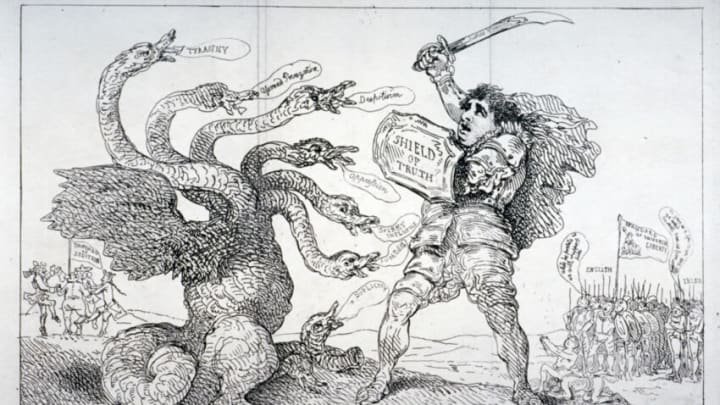Utah: Bake-Kujira
When reviewing the legends and folk tales of Utah, it was fascinating to learn about the fact that there are stories of sea creatures and monsters in the state. But one of the most fascinating stories revolves around the Great Salt Lake Whales.
According to the legends, two whales were transported via train in 1875 to live in the Great Salt Lake. The hope was that the whales would help the country build an inland whale oil industry. But it seems that the whales were abandoned and instead, they were left wallow alone in the lake.
Knowing that there are sea monsters and two random whales in the Great Salt Lake, it actually felt fitting to have Utah represented by the Bake-Kujira, a giant ghost whale in Japanese mythology that was known to terrorize sailors.
The ghost whale looked like a whale skeleton with a ghostly appearance over the bones. Considering this was apparently once a living whale, it makes sense that the Bake-Kujira would spend a lot of time near the surface of the water because old habits are hard to break and breathing was once important to its well-being.
The Bake-Kujira is looking for revenge on the people who killed it for its oil and meat. And because of that, he is deadly to those found sailing in the water. Looking at the history of the whales of the Great Salt Lake, and what they were meant for, it makes sense that they would become Bake-Kujira in their own right.
